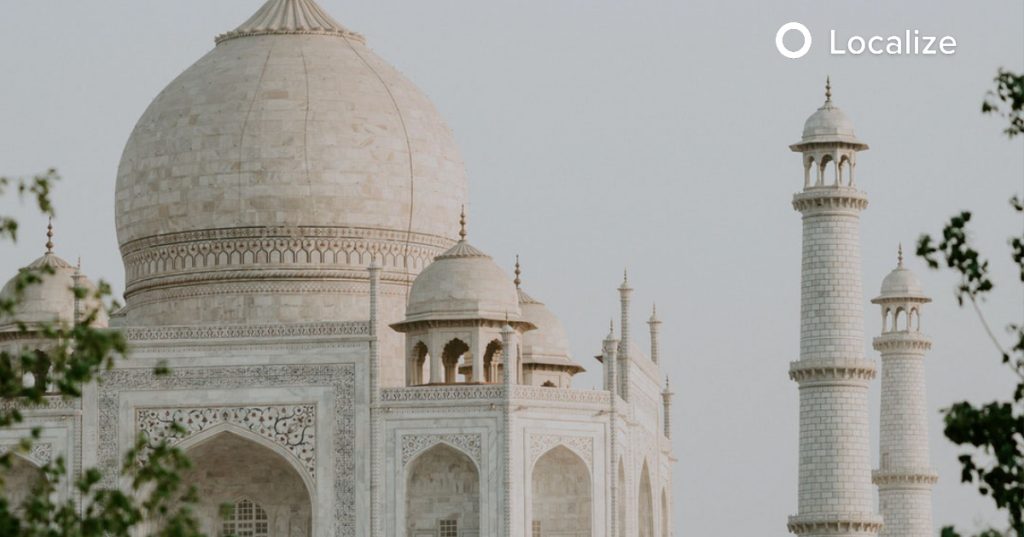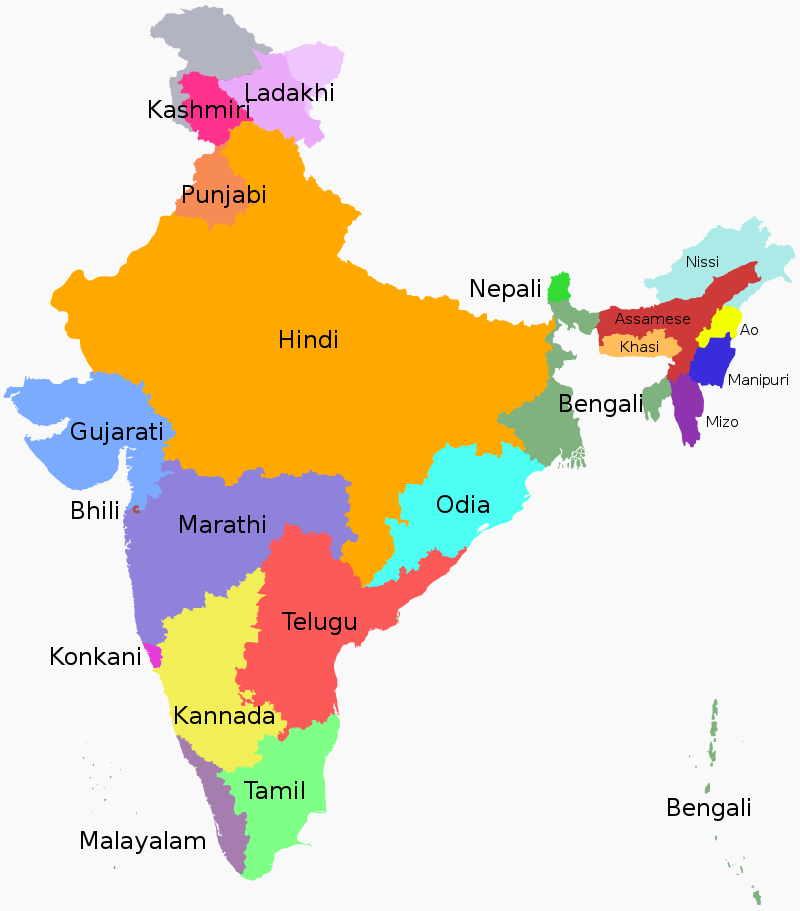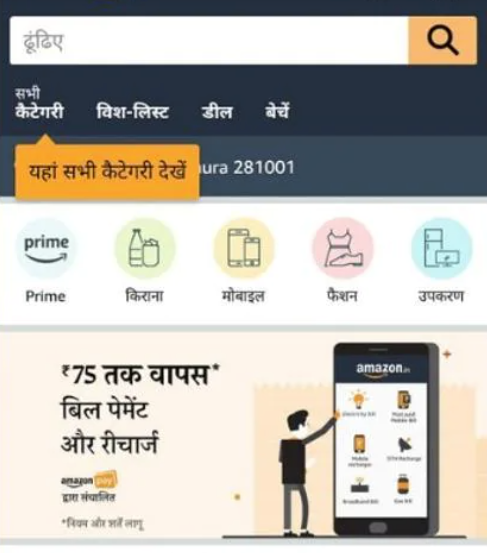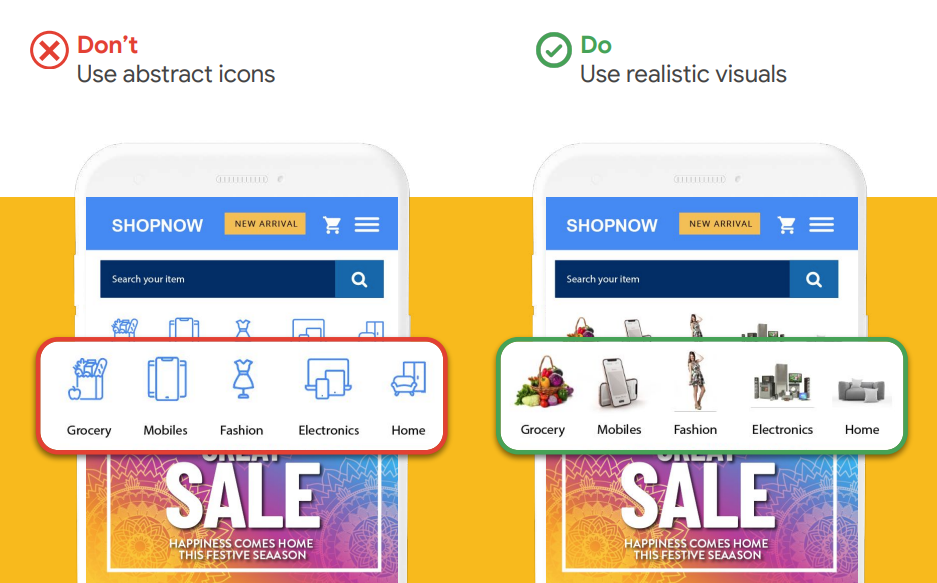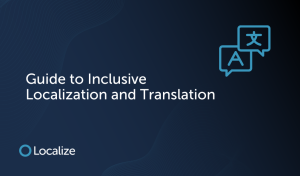In this post:
During a visit to India, Amazon founder Jeff Bezos famously predicted, “The 21st-century is going to be the Indian century.” And he might be right.
Is localizing your website for India worthwhile? Let’s take a look at the data:
- India is ranked second in the world population stats with over 1.4 billion people. Recently, India’s internet connectivity has expanded, giving India one of the biggest digital populations on earth.
- As India’s middle class grows and online shopping increases, the Indian eCommerce market is poised for economic growth. Statistics show that the value of the eCommerce market in India is growing exponentially. India is set to be one of the biggest players in the global digital economy.
In this post, we’ll share our top localization and marketing tips for expanding your online business into India.
Localization Tips for India
India represents one of the fastest-growing e-commerce markets in the world. Millions of Indians are increasingly discovering and enjoying the benefits of shopping online. Bottom line – the number of online Indian shoppers will only keep growing.
Here’s what you should know about localizing for India.
Think Beyond English
Although most companies that market to the Indian population stick to English, this is a mistake. It’s estimated that only 20%-30% of people in India can speak English proficiently.
English is commonly used in business and trade, but it’s not common in everyday communication. So, there’s a huge gap in the market for translated content in Indian languages.
Understand Indian Languages
India is home to more than twenty official languages, written in 13 unique scripts and with dozens of different dialects.
These are the top languages of India ranked by the number of native speakers:
- Hindi
The oldest language in the world, Hindi, has 528 million speakers. There are several regional dialects of this language. - Bengali
This language—also known as Bangla—is spoken by 97 million people. It’s the official language of Bangladesh. - Marathi
This language with 83 million speakers is used by 7% of the population, primarily in western regions. - Telugu
Popular in south Indian states, this Dravidian language has 81 million speakers. - Tamil
Like Telugu, Tamil is Dravidian in origin. It’s spoken by 69 million people in India, and it’s also common in Singapore and Sri Lanka.
- Hindi
Other popular mother tongues include Urdu, Gujarati, Malayalam, and many more. In such a diverse and multilingual country, it’s crucial to do plenty of research on your target market and choose a language wisely.
Get To Know the Indian Consumer
Learning how your target audience shops is an important part of localizing for India. Here’s what you should know about shoppers in India:
- Smartphones are incredibly popular in India. Most internet users do their browsing and online shopping solely via smartphone.
- 45% of India’s shoppers prefer to buy products and services written in their regional language.
- About 20% of the population prefers not to use a bank account. You’ll need to consider payment processing options that are accessible to your target audience in India.
- Personal success is highly valued in India. You can gain traction in this market by emphasizing how your product or service can build success for your customers.
- Word-of-mouth spreads fast in Indian culture, so you should make sure customers in this market have an incredible customer experience.
- India has millions of vegetarians—more than any other country in the world. It’s also worth noting that cows are considered sacred to Hindus and that Indian Muslims shun pork. In India, you should think twice before depicting meat or animal products in your advertising.
Consider the Indian Market
Here are some things you should know about India’s lucrative consumer market.
- In this booming eCommerce market, dozens of international companies are vying for market share. American companies that localized for the Indian market have done spectacularly well. For example, Amazon recently outpaced Flipkart, India’s homegrown shopping company.
- India’s startup ecosystem is now ranked third among all countries and is growing rapidly.
- When searching online, most Indian citizens are conducting searches using Google on their Android phones. This contrasts with Apple iOS, which only has a 4% market share.
- 49% of consumers in India prefer to shop online over brick-and-mortar stores. Popular product sectors include travel, fashion, books and electronics:
How to Get High-Quality Indian Translations
After you choose your target market, it’s time to translate your site. Here are some tips for achieving a great translation in Indian languages.
Choose Your Target Language Wisely
India is a diverse, multilingual nation. Choosing the right Indian language for your audience is crucial. Popular languages like Hindi, Bengali and Marathi are a great start. But you may want to offer more languages depending on the region you’re targeting.
Avoid Machine Translations
Indian languages are incredibly different from English. Most free machine translation tools will miss cultural nuances and context.
In a recent Google UX report, researchers found that literal, word-for-word translations were confusing to Hindi speakers. Everyday language in India is highly colloquial and not literal, so choppy machine translations simply aren’t good enough.
Use Plain, Easy-to-Understand Language
Wordy or academic-sounding language can confuse your readers, so it’s best to avoid it. Indian readers value simplicity. Use plain and informal language with minimal acronyms and jargon.
Localize SEO
Your online content needs to be optimized for search engines to be effective. When an English website is translated to an Indian language, it also needs to be optimized for searches in that language. The right keywords need to be identified to help the site rank in search engines.
Understand Local Culture
Your translation partner needs to fully understand Indian culture and consumer preferences. If you don’t pay attention to the culture, your marketing campaigns might fail. For example, Indians prefer to use phones to access the internet, so if you’re promoting a website that doesn’t display well on phones, you might fail. A skilled professional translator or LSP (language service provider) can help you understand cultural differences and communicate to your target market.
Website Localization: 4 Best Practices for India
Translation is the first step in an effective localization strategy. You’ll also need to adapt your website’s user interface (UI) for your Indian audience.
Here’s some advice to help you localize websites for India.
1: Focus on Mobile Experience
99% of India’s internet users access the web through their smartphones. So, your mobile website or app can make or break your marketing efforts in India.
As you design and localize your site, focus on the mobile experience for the best results. Also, keep in mind that Android phones are far more common than iPhones.
2: Don’t Mix English with Your Localized Indian Content
When localizing their sites for India, a lot of companies display a mix of English and Hindi. But they shouldn’t assume that their audience is English-speaking. For best results, don’t mix Indian and English text on the same web page.
Unreadable English text can cause frustration and disrupt the customer experience. The only exception to this rule is English numerals, which are OK to use on an Indian site.
3: Use Relevant Visual Examples
Abstract visuals and icons don’t always translate in Indian culture. Instead, you should use realistic visual examples that show the user what to expect. Here’s a great example from Google UX:
3: Don’t Overuse Search 🔍
Most Indian internet users prefer a good browsing experience over searching the web. This is because typing Indian scripts is difficult and time-consuming on a mobile keyboard.
Instead of relying on search in your site navigation, you should offer plenty of visually appealing, browsable pages. If your Indian site visitors must use search, you should provide autocomplete suggestions or voice search to make the experience better.
4: Embrace Color
India is known as an incredibly colorful nation. In mobile and website design, you can use colors to connect with your audience. Here are some common interpretations of colors in India:
🔴 Red:
Beauty, wealth and power
⚫ Black:
Evil, darkness and negativity
🔵 Blue:
Athleticism and strength
🟢 Green:
Harvest, fertility, hope and virtue
🟡 Yellow:
Sacredness and luck
🟠 Orange:
Wisdom, sacredness and love
⚪ White:
Calm, brightness and knowledge; also a symbol of mourning
Localize Your Marketing Efforts in India
Companies like Google, Samsung, Amazon, Unilever and Colgate recognize the importance of the Indian market, and you should too. As India’s economy grows, there’s a great opportunity to grow your brand there.
Want assistance in launching your brand on the Indian subcontinent? Localize would love to help. Check out our easy-to-use translation management system and get in touch.

